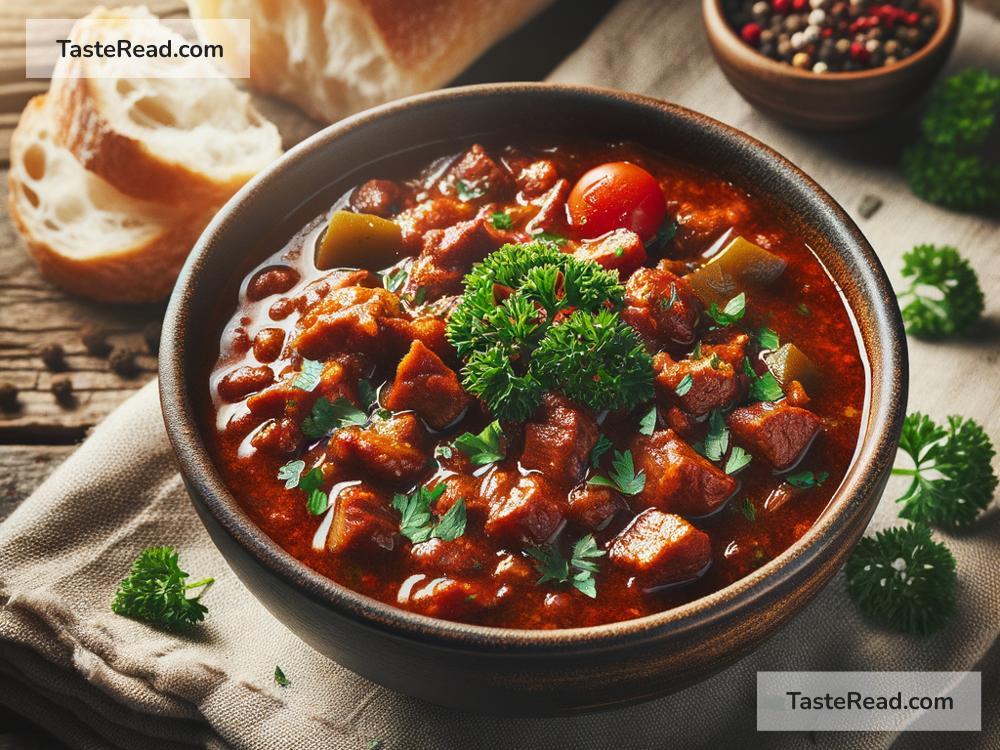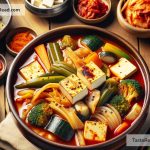Exploring the Story of the Hungarian Goulash
Hungarian goulash is not just a dish; it’s a national treasure. Wrapped in tradition, history, and a lot of flavor, this iconic meal has journeyed from the humble tables of shepherds to the fine dining menus of the world’s best restaurants. But how did a simple stew conquer the taste buds of millions? Let’s simmer into the story of Hungarian goulash.
The Origins: A Shepherd’s Companion
Our story begins in the 9th century with the Magyar shepherds of Hungary. Imagine vast, open grasslands under a sky that stretches forever. Here, in this picturesque setting, the shepherds needed a meal that was practical, filling, and could be easily made over open fires. They diced up their meats, combined them with onions and other available vegetables, and cooked them slowly in a pot. The result? A simple yet hearty meal that kept them nourished.
This early version of goulash was cooked and then dried in the sun (yes, you read that right!), only to be later rehydrated and heated up as needed. They called it “gulyás hús” which translates to “herdsman’s meat”.
The Evolution: A National Symbol
As time trotted on, Hungarian goulash began to evolve. By the 16th century, the introduction of paprika, a red spice made from ground sweet peppers, changed the game. Paprika not only added a vibrant color but also an unmistakable warmth and depth to the dish, becoming its signature ingredient.
What was once a simple shepherds’ meal started to appear in noble kitchens by the 19th century, each adding their own twist to the recipe. It captured the hearts and stomachs of the Hungarian population, symbolizing their national identity and culinary pride. From simple beginnings, goulash had transformed into a complex stew, with each region in Hungary boasting its own version.
Goulash Today: A Global Comfort Food
Today, Hungarian goulash continues to reign supreme, both in Hungary and around the world. You’ll find the basics remain the same: meat (usually beef), onions, paprika, and sometimes potatoes or other vegetables, slow-cooked to perfection. But as with any dish that travels, it has adapted to the tastes of new lands, creating a delicious spectrum of variations.
In Hungary, goulash is more than just a meal; it’s a connection to their past, a way of coming together and sharing stories, warmth, and laughter. Whether it’s prepared in huge pots over open fires at festivals or cooked with care in homes, goulash symbolizes Hungarian hospitality and comfort.
Making Goulash: The Basics
Interested in trying your hand at making Hungarian goulash? Here are the basic steps:
- Start with the Meat: Beef is most commonly used, cut into chunks. Some prefer to brown the meat first for extra flavor.
- The Foundation: Fry onions until they’re soft. This is the base of your dish.
- Season: Add generous amounts of paprika (sweet or hot, depending on your preference), and perhaps some garlic. This is where the magic begins.
- Simmer: Add water or stock, bring to a boil, then let it simmer. This slow cooking is key to tender meat and a flavorful stew.
- Vegetables: Potatoes, carrots, and bell peppers are popular choices. Add them according to their cooking times to ensure everything is perfectly cooked.
- Thicken: Some like to thicken their goulash with flour or potatoes. Adjust to your preferred consistency.
Tasting your first spoonful of homemade goulash, you’ll understand the centuries of tradition and flavor that built this dish. It’s comforting, rich, and deeply satisfying.
Conclusion
The story of Hungarian goulash is a testament to the power of food as a carrier of culture and history. From the fields of Hungary to your kitchen, this dish brings people together, offering a taste of Hungarian warmth and hospitality. So, the next time you dip your spoon into a steaming bowl of goulash, remember the journey it’s been on — from a shepherd’s simple meal to a dish beloved around the world.


